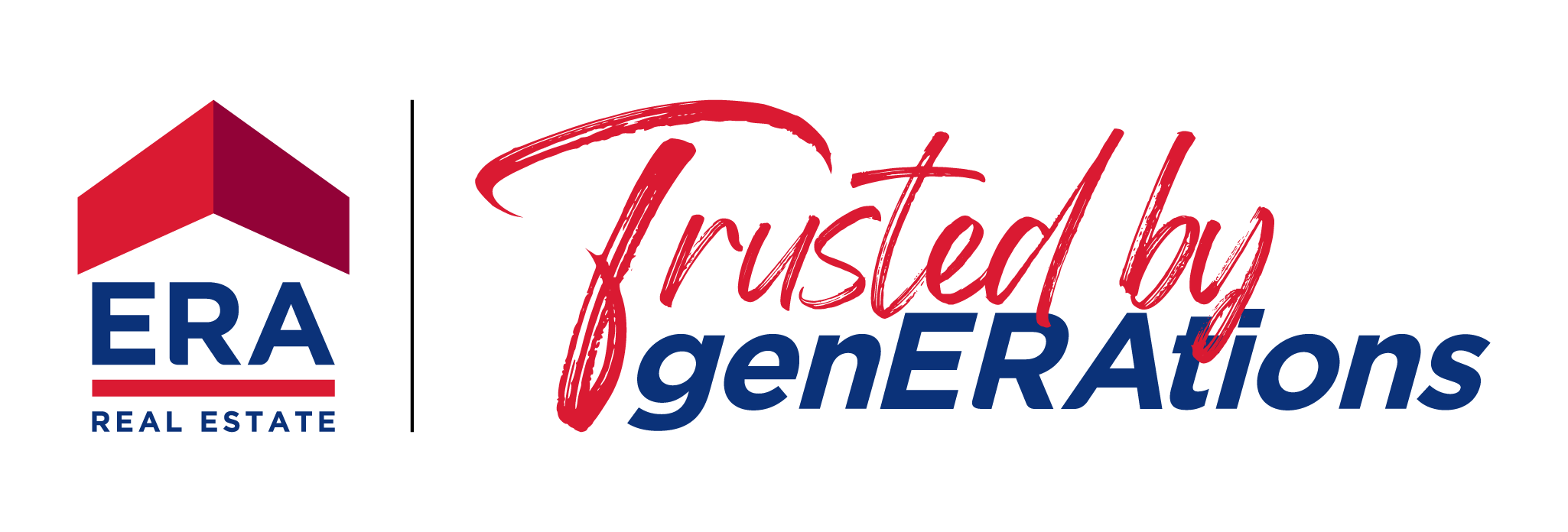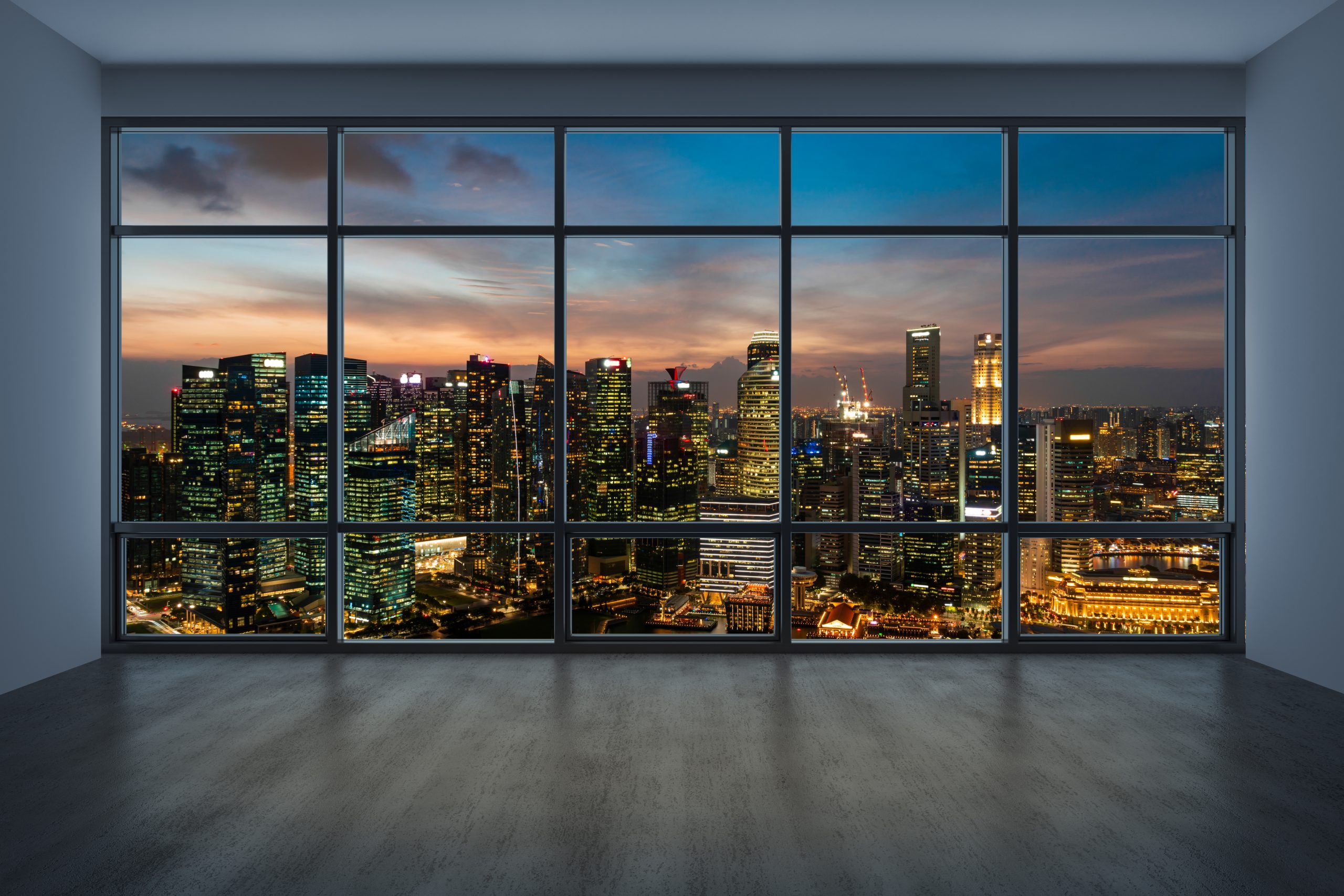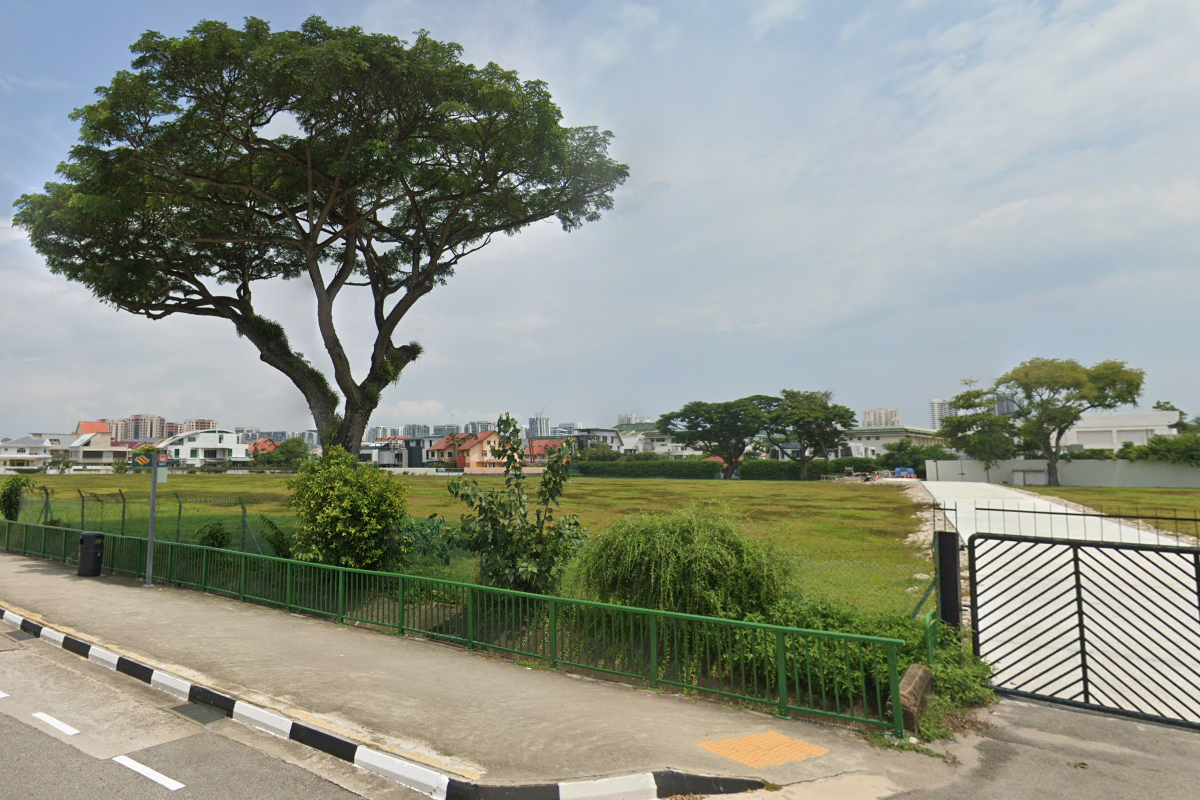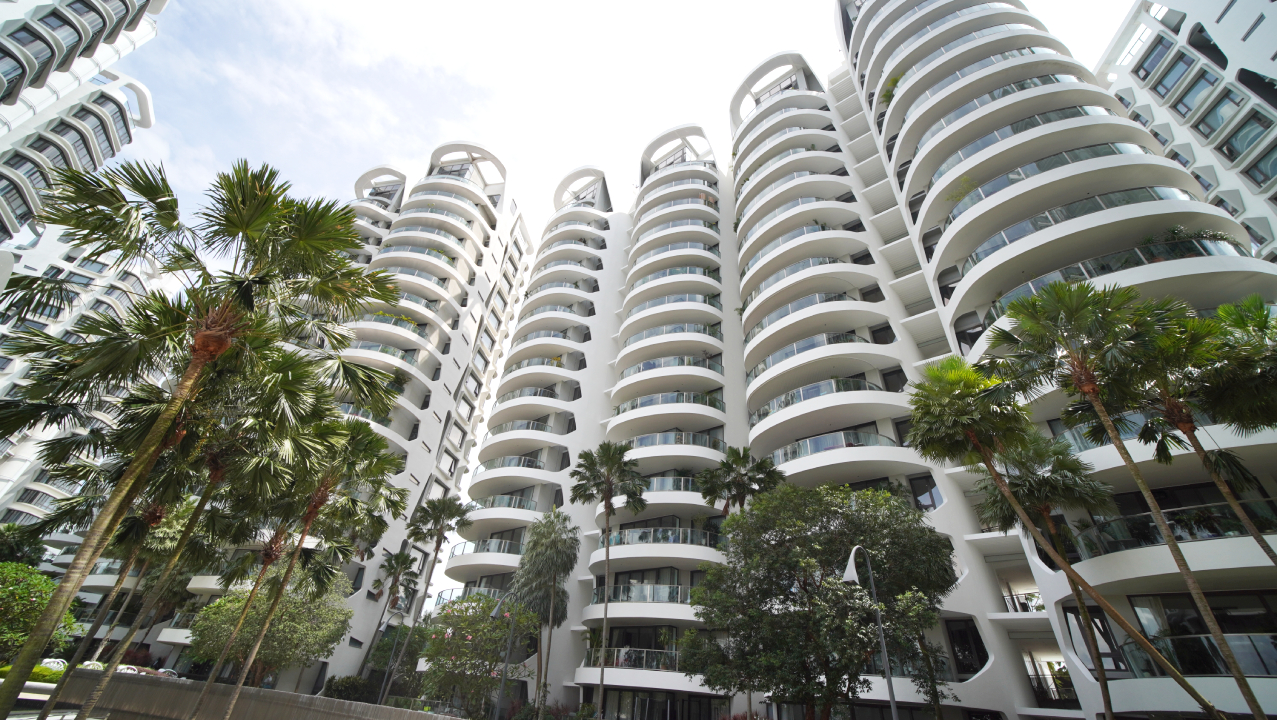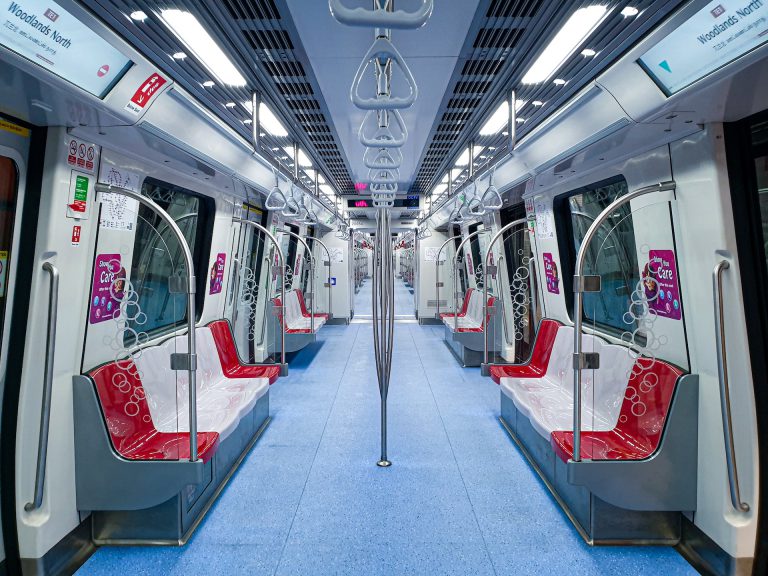Living in the Central Business District Isn’t New and It’s Getting Better. Here’s Why.
- By Egan Mah Jixiang
- 4 mins read
- Private Residential (Non-Landed)
- 29 Oct 2024
Singapore’s Central Area was actually one of the first few areas where homes were introduced. In the 1970s, HDB mixed-use developments such as Tanjong Pagar Plaza, Bras Basah Complex and People’s Park (Chinatown). Later, more HDBs were added including those at Everton Park and most recently, Pinnacle@Duxton (completed in 2009). These places were highly sought after due to their central locations, and had amenities to serve the residents’ needs.
However, over the past two decades, Singapore’s Central Business District (CBD) has evolved from a primarily office-focused area into a more livable space. Initially, it was home to large offices, the CBD was only alive between 9 to 6 on weekdays.
Recently, the CBD has seen a shift toward residential and mixed-use developments. The Urban Redevelopment Authority (URA), through its 2014 and 2019 Masterplans and the 2019 CBD Incentive Scheme, has introduced more parks, community spaces, and homes. Developers are encouraged to convert older office buildings to mixed-use developments to inject a larger live-in population. This initiative aims to build a larger residential population and diversify amenities in the CBD, offering developers bonus gross floor area as an incentive.
“We can make our CBD not just a place to work, but also an attractive and vibrant place to live and play.” – Lawrence Wong, 2019
Today, our CBD is a much more vibrant space, offering a day-to-night environment. It continues to attract weekend crowds for various reasons—for food, exercise, or shops featuring curated activities and workshops. The wider streets are pedestrian-friendly, lined with cafes, al-fresco dining options, and convenience stores, some with adjacent cycling paths and park connectors. Public squares and gardens contribute to placemaking efforts and foster more interactions.
Nightlife culture is also thriving in the CBD, with bars and restaurants catering to the working crowd and weekend revellers. The foreign tenants and short-term travellers seeking accommodations in these centrally located areas adds to the vibrancy, offering a unique atmosphere and experience.
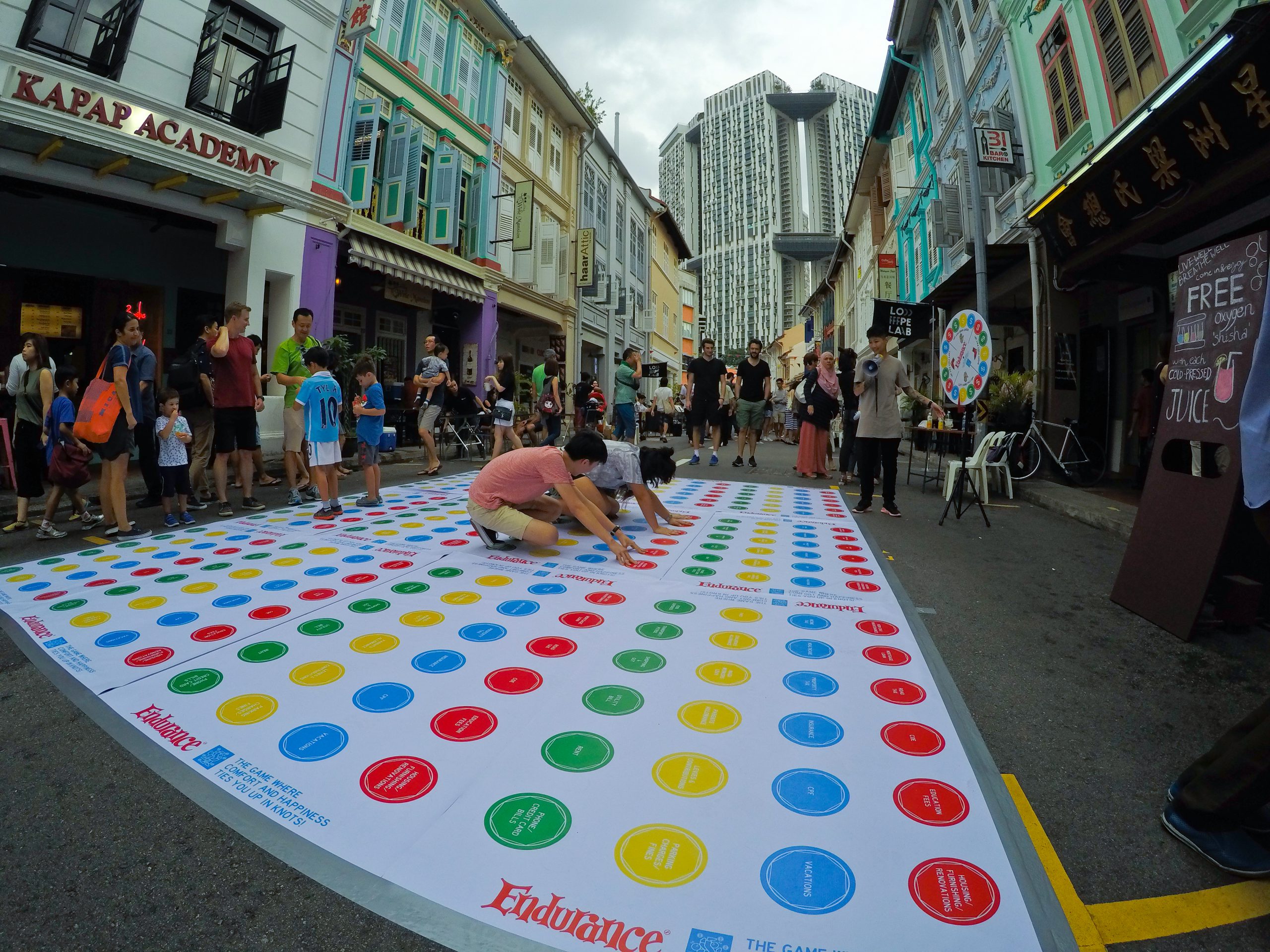
Public events held in the CBD on a Car-free Sunday
“You can’t be more centrally located than being located in the centre”
Location is the keyword when one talks about real estate. Usually, properties located near city centres are the most valuable, because it comes with amenities and activities.
Therefore, Build-To-Order (BTO) HDB flats in these prime locations in and around the CBD are over-subscribed. Resale flats in the Central Area still sees high demand despite shorter remaining leases (less than 60 years). This is a testament that Singaporeans desire to live in the CBD.
Why so? Because for those working in or around the CBD, living there makes the most sense. Residents enjoy the quick commutes, saving valuable time. Wouldn’t you want to live within walking distance of your workplace? Some buildings in the CBD even offer bicycle parking and end-of-trip facilities.
Additionally, residing in the heart of Singapore makes it easier to access other parts of the island. The CBD boasts 13 MRT stations across all six lines, providing excellent connectivity to virtually anywhere.
“People talk about wanting amenities – downtown is the amenity.”
Imagine this: after a long day of work in Tanjong Pagar, you take a short 10-minute walk home and stop by a supermarket for a quick grocery run before picking up your child from preschool. On the way home, you decide between a bike ride to Gardens by the Bay, a boxing class at the gym across the road, or unwinding at one of the bars beneath your condo. On remote workdays, you visit your regular coffee joint for a quick breakfast followed by a couple of productive hours there. Do you see yourself having this lifestyle?
Beyond the convenience from the location, residents of the CBD actually enjoy the lifestyle of having everything around you. From food options to amenities to green spaces, places of worship and leisure spots, most things can be found within walking distance away.
While remote work may make it seem like city living is no longer relevant, hybrid employees may find it more productive to work in third places in CBDs such as cafes and coworking spaces.
Amenities
Many believe the CBD lacks amenities for residents, but on the contrary, it offers a wide range of options. Fitness enthusiasts have access to numerous gyms, including specialized ones for climbing, martial arts, yoga, and even quick 30-minute lunchtime workouts. For those seeking a break from the urban environment, parks like Pearl’s Hill City Park, Fort Canning Park, and Gardens by the Bay provide nearby green spaces for jogging or cycling after work.
Everyday needs are well-served by malls such as Icon Village, 100 AM, Tanjong Pagar Plaza, and Chinatown Point, offering supermarkets, clinics, pharmacies, and personal care services. Families with young children benefit from the many childcare centers and preschools in areas like Tanjong Pagar, Telok Ayer, Clarke Quay, and Marina Bay.
Newer CBD developments also feature public spaces designed for community activities. Examples include Guoco Tower’s Urban Park, Capitaspring’s sky garden, and IOI Central Boulevard Towers’ Central Green garden that enhances livability.
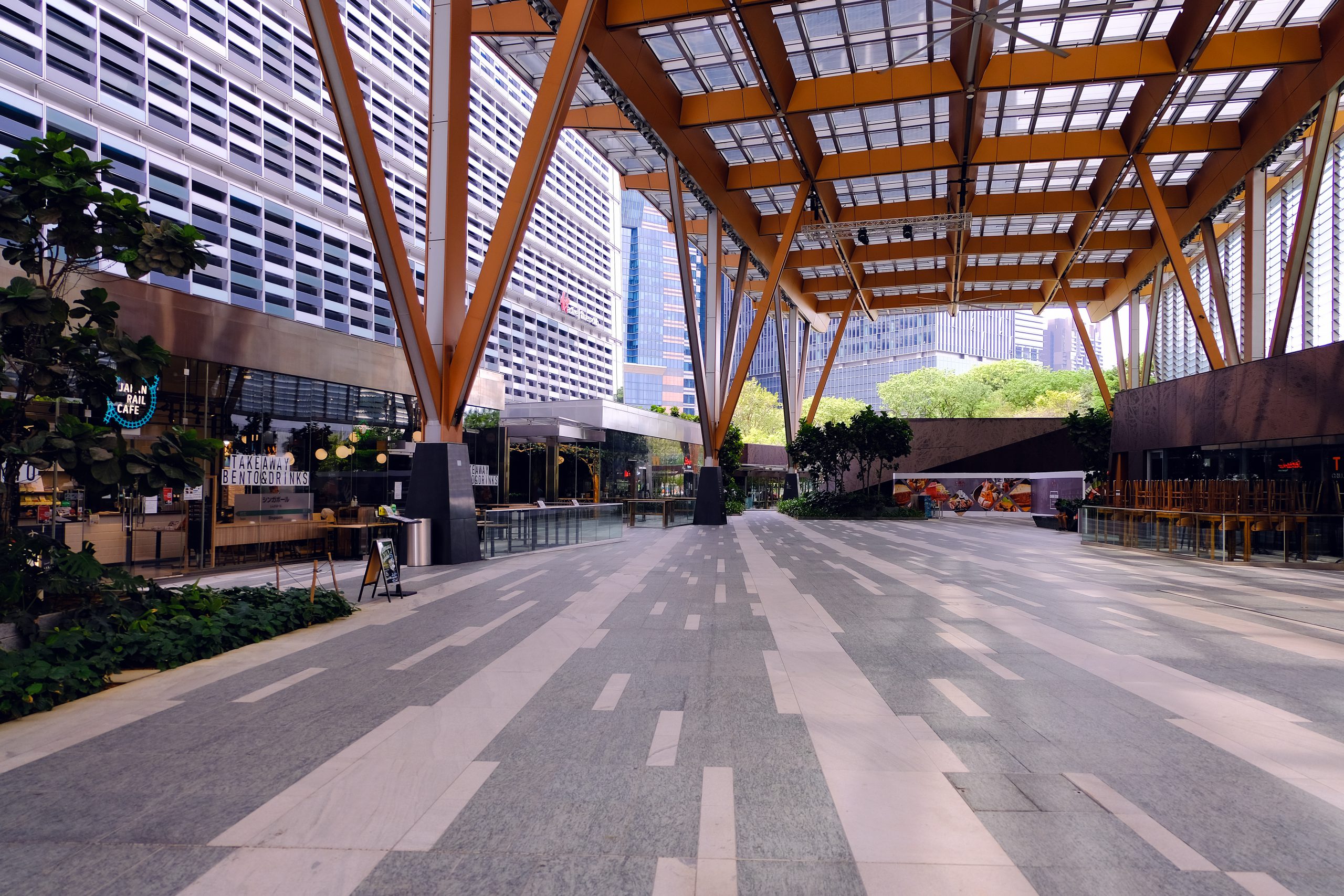
Guoco Tower’s sheltered outdoor space that is used to host events, attracting people to gather and hang out.
Aplenty of Food Options
In the past, food places in the CBD are only open till lunch time on weekdays. Today, you find that they are widely available, catering to every budget and occasion. Whether you are just looking for daily sustenance, a leisurely weekend brunch or want to have a nice meal out for a celebration, there is something for everyone. A common misconception is that food is costly in the CBD. While that holds true for some of the classiest restaurants or hip and trendy bars, there are actually eight NEA-run hawker centres inS the CBD. They provide affordable food and drink options.
Moreover, regardless of what cuisine you are looking for, you can probably find it there. Coffee houses and bars are also scattered around and are widely available.
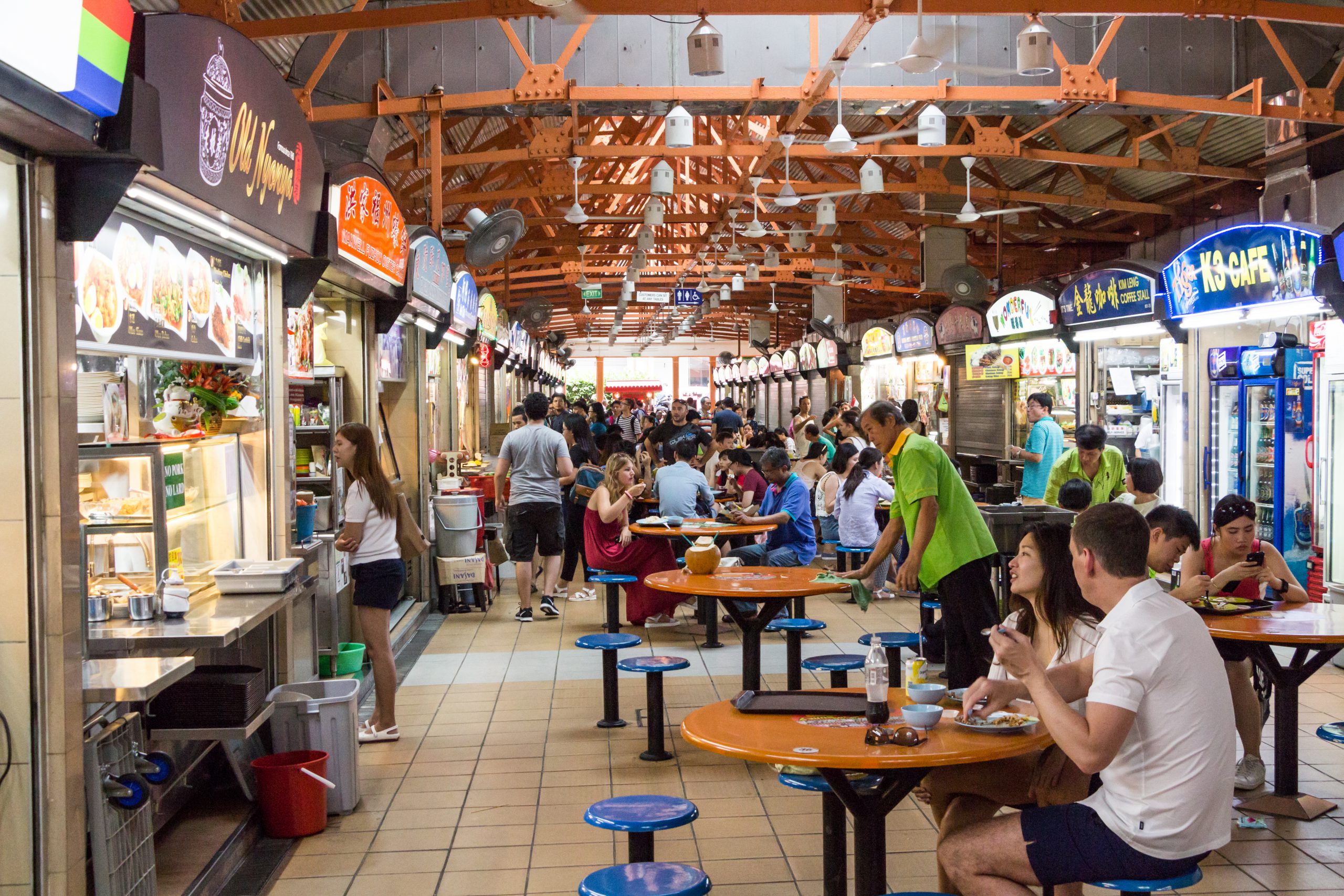
Maxwell Food Centre, a hawker centre in the heartof the CBD
While city living offers plenty, it may not be for everyone
With all these desirable attributes, does living in the city still make sense for everyone? Definitely not. It still lacks schools for families with school-going children. Cantonment Primary School is the only one in the CBD, along with few enrichment centres.
Furthermore, those working in the CBD may not necessarily want to live there. It can be difficult to disconnect from work during time off. Some may be put off by the weekday crowds, with too much ‘buzz’ and ‘commotion’ around. Others might find the demographics and community in the CBD unsuitable, as it is largely made up of expats, tenants, and leisure travellers. As a result, residents may not feel as connected, and the community may not be as close-knit.
City living also comes with higher cost of living. With higher rents in the city centre, food and services are likely to cost more compared to suburban areas.
While CBD living caters to many, there is still a lack of stock in the market. Currently, there are only 12,957 private residential units in the CBD. This amounts to just 3.8% of all homes island-wide, or just slightly above the entire District 20 (Ang Mo Kio, Bishan, Thomson). The lack of homes could be turning aspiring CBD homeowners away as they seek to find their dream home.
Shifting the focus (and homes) back to the city centre
Over the years, the success of URA’s decentralisation strategy coupled with the improved public transport network and more comprehensive amenities, have driven people to stay further outskirt.
Singaporeans are also hesitant to live in the CBD with the lack of housing options that has driven home prices higher. However, the allure of living in city centre remains given its convenience.
More importantly, the idea of living in the CBD is not a new one. It was simply set aside as Singapore focused on developing its financial hub. With URA’s push for to transform the CBD into a work-live-play location, more homes have been progressively been planned for the CBD and we may see more Singaporeans returning to live in the city centre in time to come.
Disclaimer
This information is provided solely on a goodwill basis and does not relieve parties of their responsibility to verify the information from the relevant sources and/or seek appropriate advice from relevant professionals such as valuers, financial advisers, bankers and lawyers. For avoidance of doubt, ERA Realty Network and its salesperson accepts no responsibility for the accuracy, reliability and/or completeness of the information provided. Copyright in this publication is owned by ERA and this publication may not be reproduced or transmitted in any form or by any means, in whole or in part, without prior written approval.
